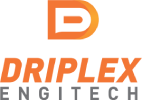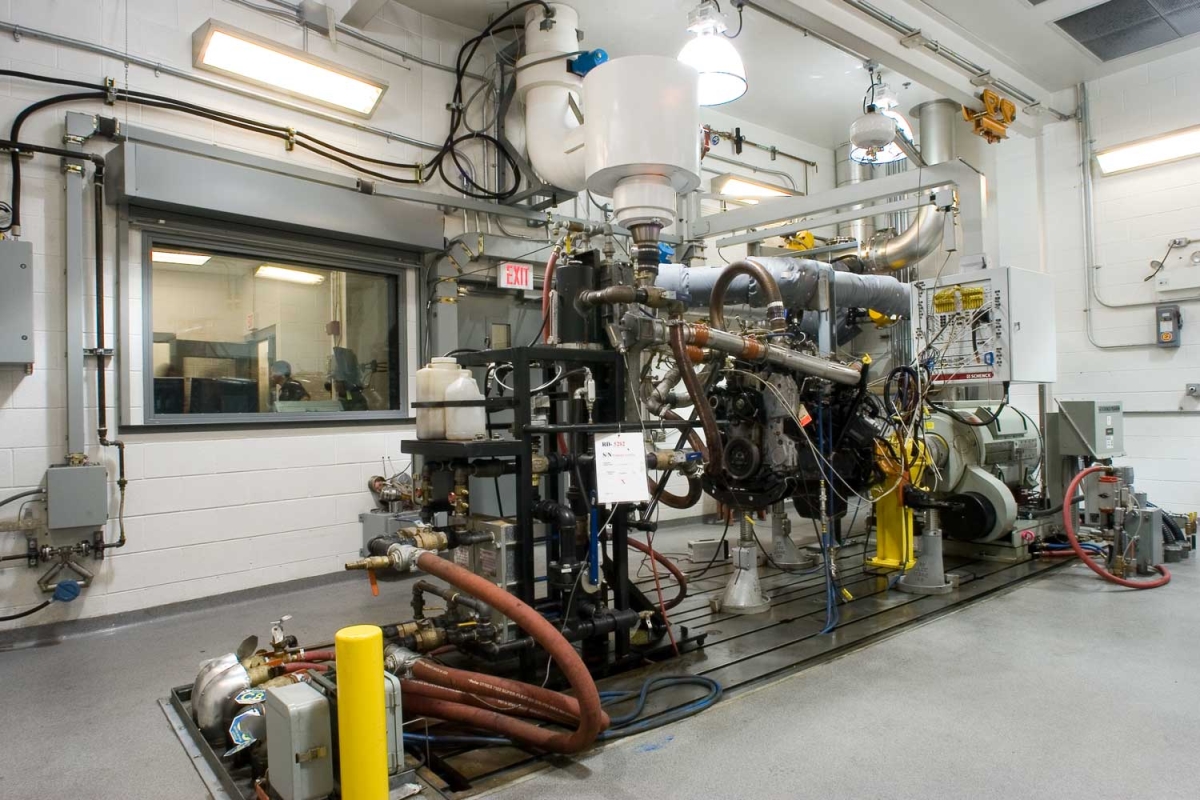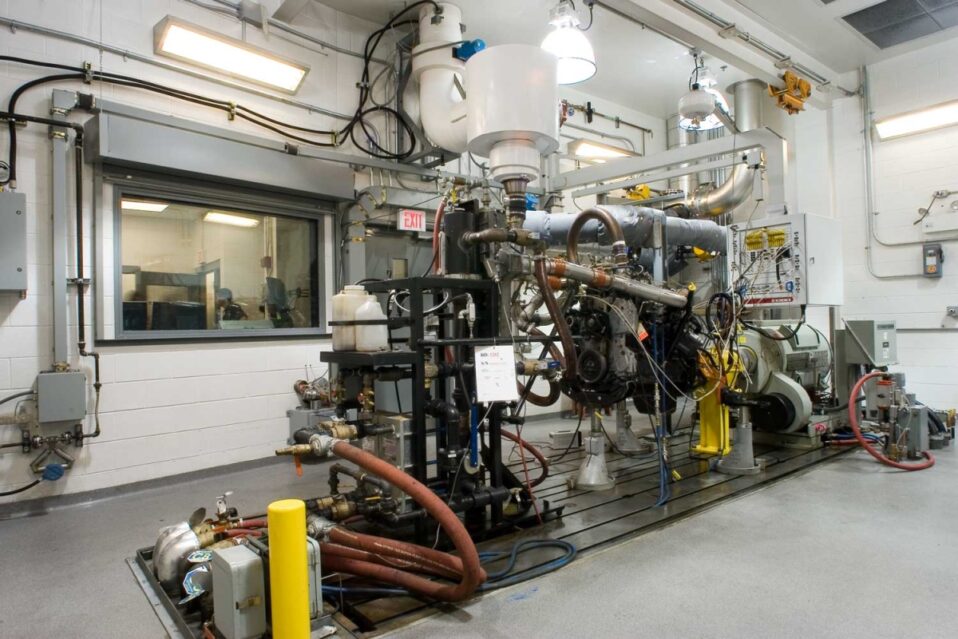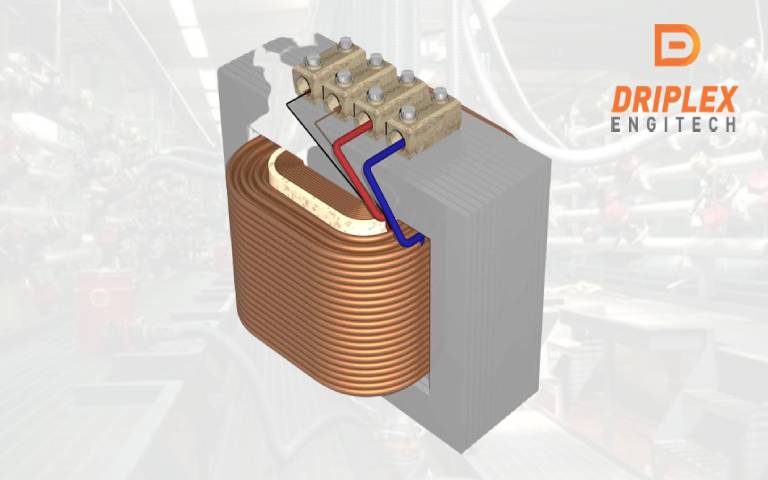The Challenge: Engine Testing in the Automotive Industry
Engine testing is a critical phase in automotive manufacturing. Traditionally, this process has faced challenges such as time inefficiency and the potential for fluid spillage, which not only delays production but also poses environmental and safety risks.
The Solution: Driplex Engitech LLP’s Dry Break Couplings
Driplex Engitech LLP provides an innovative solution to these challenges: Dry Break Couplings. Manufactured in accordance with NATO STANAG 3756 specifications, these couplings offer a secure and rapid connection method that eradicates the risks commonly associated with engine testing.
Time Efficiency
Traditional methods take up to 15 minutes per connection, causing delays in the overall testing process. Dry Break Couplings reduce this time to mere seconds, streamlining the workflow and increasing productivity.
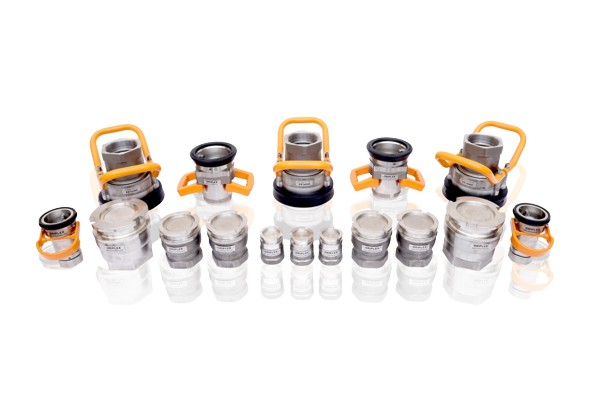
Safety and Environment
Spillage is a major concern during engine testing due to the handling of various fluids like fuel, coolants, and lubricants. Dry Break Couplings prevent any spillage, thereby eliminating the associated environmental risks and providing a safer workplace.
Precision Engineering
The couplings are equipped with an internal automatic Non-Return Valve (NRV), ensuring zero fluid loss during disconnection and a seamless flow during operation.
Versatility and Compatibility
Driplex’s Dry Break Couplings are fully interchangeable with other leading brands manufactured as per NATO STANAG 3756, ensuring a smooth transition if you are considering an upgrade.
Conclusion
Driplex Engitech LLP’s Dry Break Couplings are the answer to the efficiency, safety, and environmental concerns plaguing the automotive industry’s engine testing procedures. With their quick connection time, zero-spillage design, and compatibility, these couplings are set to revolutionize engine testing in the automotive industry.
